Opening a restaurant can be a daunting, almost frightening, prospect, and in 2022 (following the decimation of the industry due to the coronavirus pandemic), these fears are well founded, to say the least.
However, this hasn’t stopped tens of thousands of individuals from opening restaurants across the US in recent months, and that’s because it’s a field that excites many, and if you plan well, stick to your guns and work hard, it’s an endeavor that could well end up paying off.
Putting together the work required to open a new restaurant can prove very taxing indeed, and you’ll need to be patient and calm in your approach. Ideally, you are not going it alone and will be backed by a number of business partners who share your vision and ideally have the finances to help back the proposals you are building.
To help keep the costs of your restaurant down, and according to the budgets and marketing plans you have, here are some tips that may help you stay on the right side of the bottom line.
Stylish Design Doesn’t Need to Cost the Earth
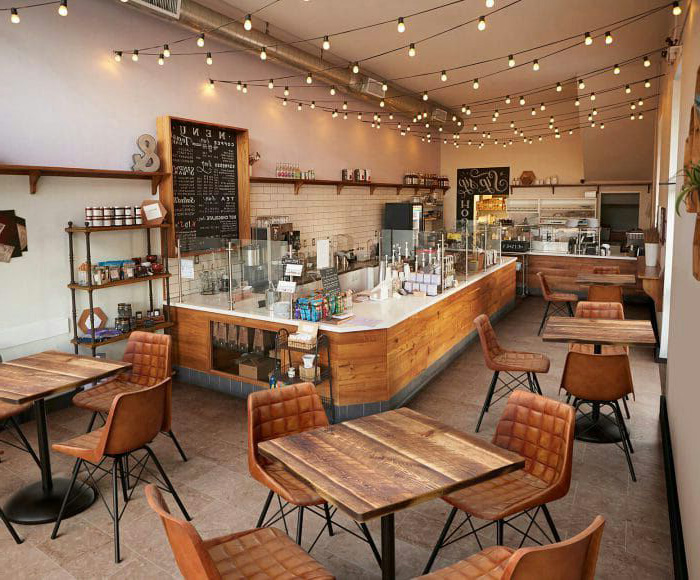
source: bestofexports.com
When you start to plan your restaurant venture, one of the biggest expenses will revolve around the initial design you have in mind. Whatever the style and vibe you are going for, there will be a lot of work to do to make the vision in your mind come to fruition effectively.
The costs will vary greatly, and with some elements, like restaurant furniture, you won’t want to cut your budget needlessly. After all, if you are plotting an upscale restaurant, you’ll have to spend accordingly.
However, you should try to be creative, and that means not necessarily always looking for the top-dollar items. Bring in a designer who has experience in the field and preferably one that has connections that can help keep your costs manageable.
There are ways to imaginatively make your design come to life but don’t automatically break the bank. Discuss this at length with your business partners and designers, and make sure you are all on the same page long before you start the process.
Local Ingredients
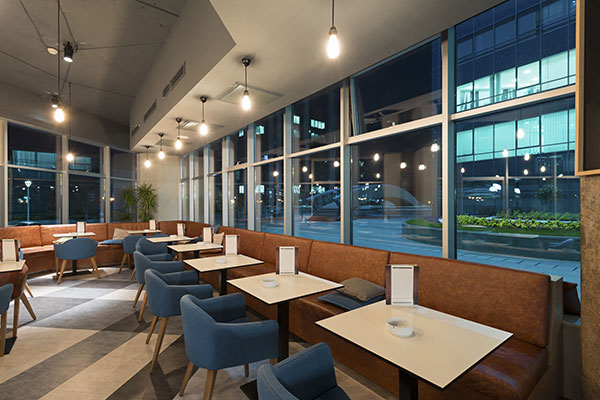
source: restaurantfurnitureindia.com
You hear a lot in the media, and by word of mouth, about the cost of living crisis that is endemic across the world, and a big driving factor is often in relation to transportation costs, which applies to just about all goods and services.
This is something you’ll need to be well aware of in terms of your restaurant plans. Why not try to get ahead of the curve and source your ingredients locally. This helps you in two major ways.
Firstly you will help keep the costs of transporting ingredients (of all kinds) down, and you can also use this as a selling point for your customers. Having a restaurant that is well aware of the environmental issues that we face as a society can be a strong selling point.
Being more sustainable is a good way to manage your budget. Adopting a farm-to-table venture with a local provider is one option to consider, as is simply always seeking out fresh produce in your locality. Being seasonal is a choice that can also help to freshen up your menu regularly, which is another good way to encourage customers to repeatedly visit your establishment, with new items on the menu as the perfect bait.
Manage Expectations
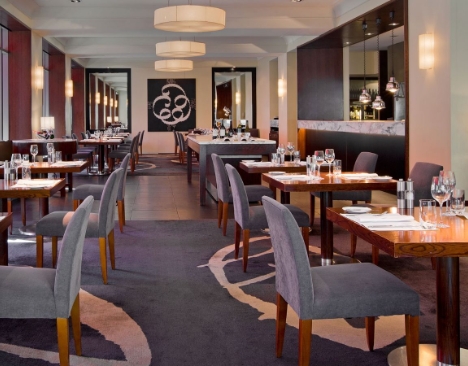
source: woodenstreet.com
Too many businesses, in just about every industry, expect a return on their investment far sooner than it will ever likely happen. You, and your partners, need to bed in for the long-term, and being honest about your expectations is a good way to manage your budgets according to realistic goals.
Plan with a view to not breaking even any time soon. Spreading capital across numerous sources is a good option here, therefore mitigating risks in the long term.
Be Environmentally Friendly In-House
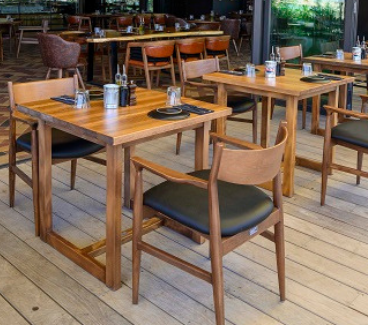
source: intermetal.com
As well as looking to cut costs, and adopting a sustainable approach with regards to your ingredients, look to use a similar mindset in-house. This might mean adopting certain rules when it comes to the management of your resources.
It might be small things like never running a half-filled dishwasher or training your staff to wait their tables in a smart fashion (after all, your staff are also a valuable resource that you need to run in a sustainable manner). When it’s the summer, cut down on air-conditioning costs by opening windows.
Train your staff to be prudent in their behavior and consider incentivizing them to help this really hit home. One hugely important part of this process is reducing food waste. Try not to overstock your inventory and consider forming a partnership with any local homeless shelters or food banks. This will help boost your restaurant’s positive exposure and serve a vital need in the community.
Consider Buying High-Quality Used Equipment
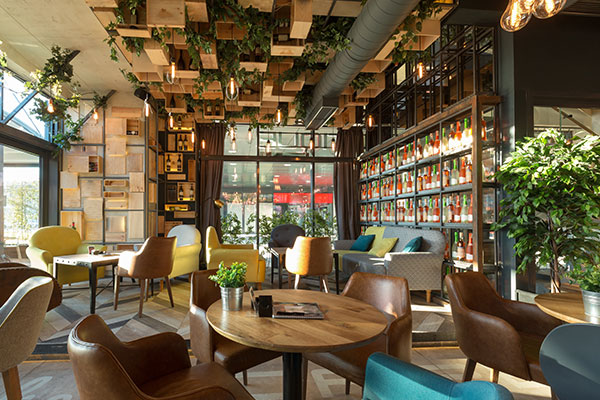
source: restaurantfurnitureindia.com
The costs associated with putting together a new kitchen are monumental and probably far higher than you might imagine. Why not consider buying used equipment if possible? As well as taking up less of your overall budget, you are also helping to reduce your restaurant’s environmental footprint.
This shouldn’t be an afterthought, but don’t buy low-price kitchen equipment for the sake of it; make sure it’s still very much fit for purpose. Often used kitchen stock is practically new, potentially having come from a restaurant venture that failed within months, and their loss may be your gain.


